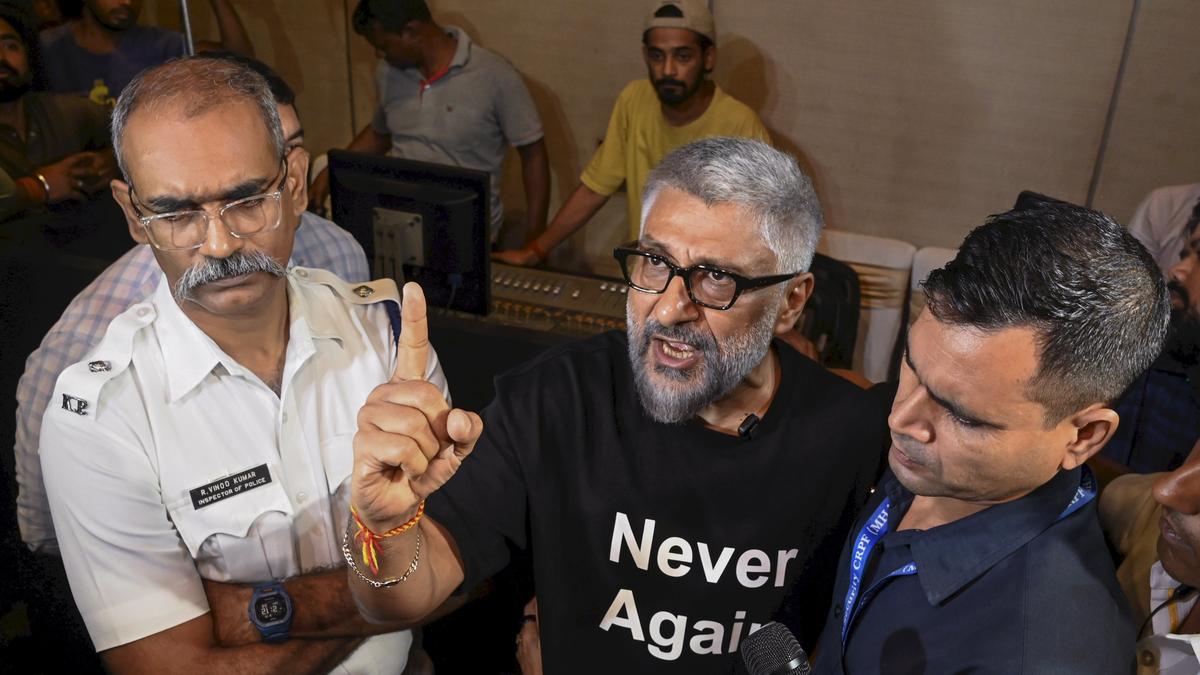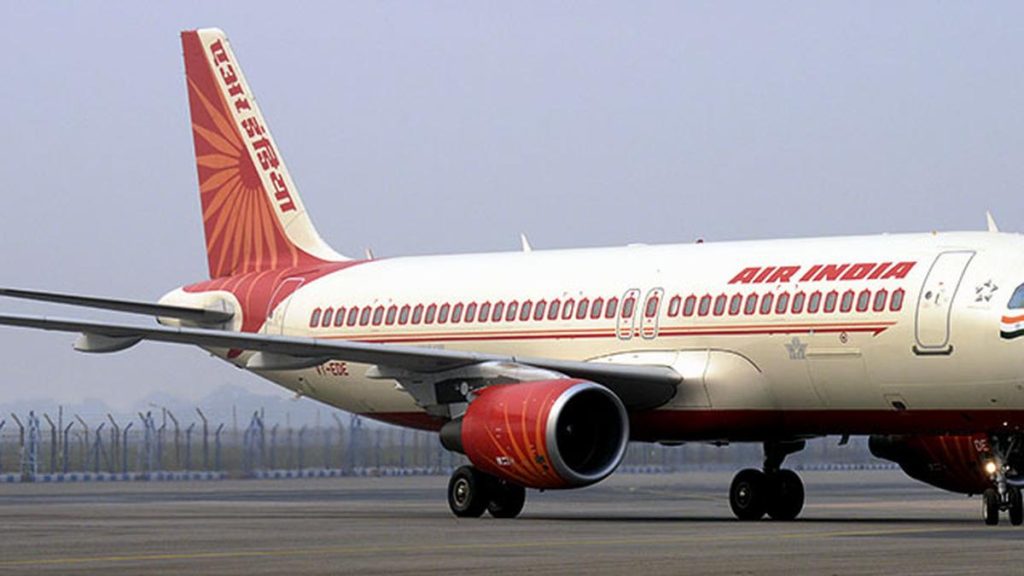Now Reading: Kolkata Police Allegedly Blocks Trailer Launch of Vivek Agnihotri’s ‘The Bengal Files
-
01
Kolkata Police Allegedly Blocks Trailer Launch of Vivek Agnihotri’s ‘The Bengal Files
Kolkata Police Allegedly Blocks Trailer Launch of Vivek Agnihotri’s ‘The Bengal Files

Rapid Summary
- The trailer launch of Vivek Agnihotri’s upcoming film The Bengal Files was allegedly stopped by Kolkata Police on August 16, 2025.
- The event was scheduled to be held at a five-star hotel in Kolkata, but authorities intervened and halted the screening.
- Police personnel declined to comment on their actions during the incident.
- Mr. Agnihotri claimed the intervention violated democratic rights, as the censor board approved the film and a Calcutta High Court order lifted prior bans.
- He alleged political interference from West Bengal’s ruling Trinamool Congress (TMC) and Chief Minister Mamata Banerjee in stopping the screening.
- Hotel management reportedly said only permission for a press conference-not for screening-was granted initially. Later, police officers stopped a subsequent attempt to screen the trailer midway.
- The Bengal Files focuses on communal violence in undivided Bengal during the 1940s and is set for release on September 5, 2025.
- Producer Abhisshek Agarwal affirmed that legal action will be pursued following this development while asserting that no force can prevent the film’s scheduled release.
Indian Opinion Analysis
The halting of The Bengal Files trailer launch underscores tensions between artistic expression and political climates in India. While filmmakers often navigate bureaucratic processes like censor board approvals or court rulings before releasing content, allegations of interference suggest broader debates about freedom of speech and regional sensitivities continue unresolved.
If proven accurate, claims involving governmental pressure raise concerns over procedural fairness around creative projects addressing controversial past topics like partition-era violence. For West Bengal-a state with critically important cultural heritage-the episode also reignites discussions about balancing its image while confronting past communal wounds sensitively.
This situation could have wider implications: it may encourage judicial scrutiny over potential misuse of administrative authority or solidify public discourse around creative freedom versus perceived provocations through artistic works.
Read more: Original source Text

























